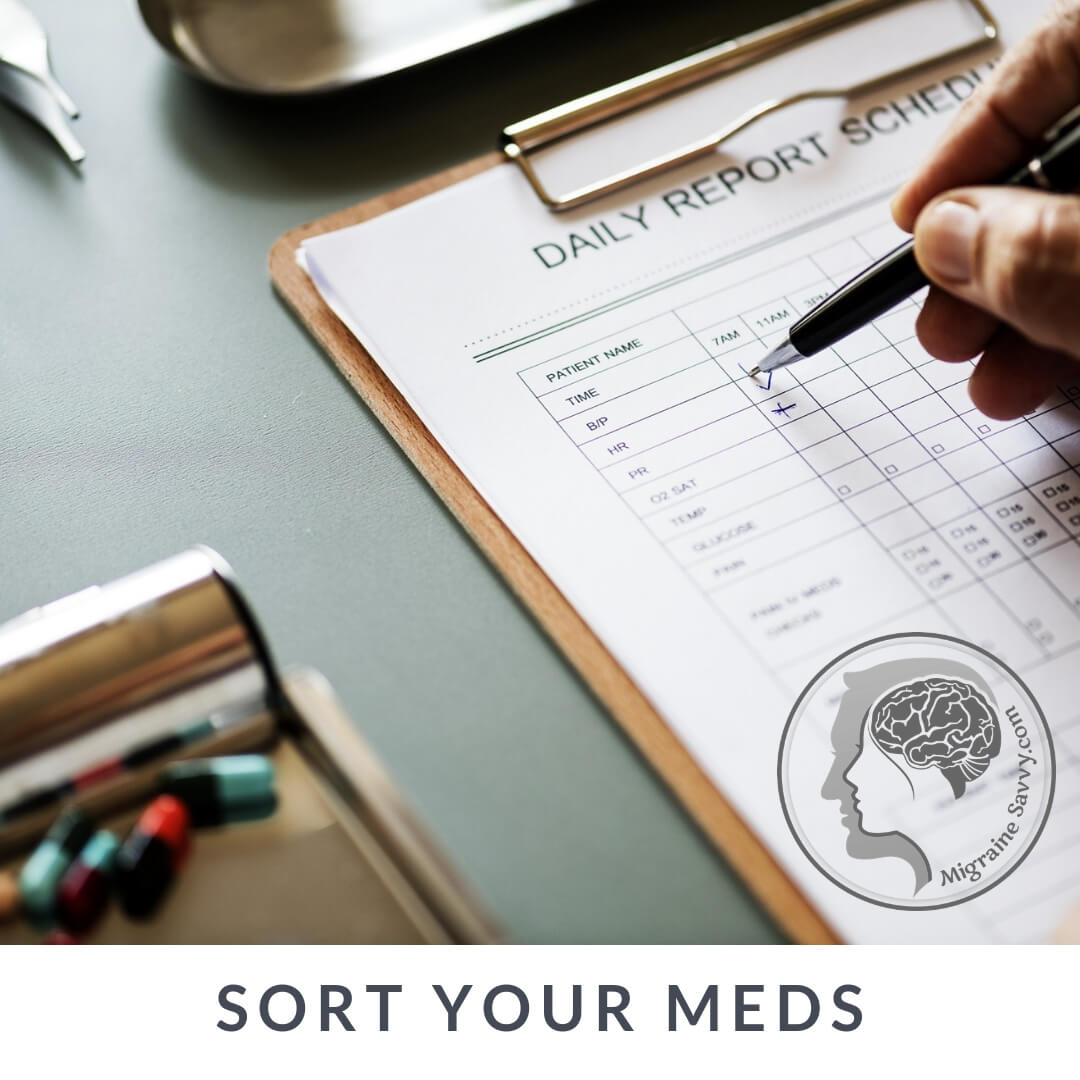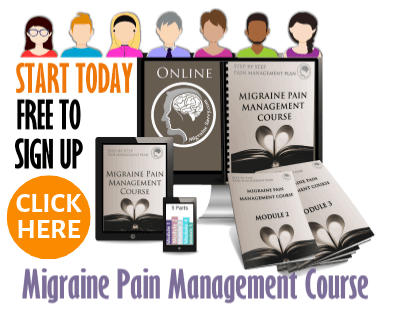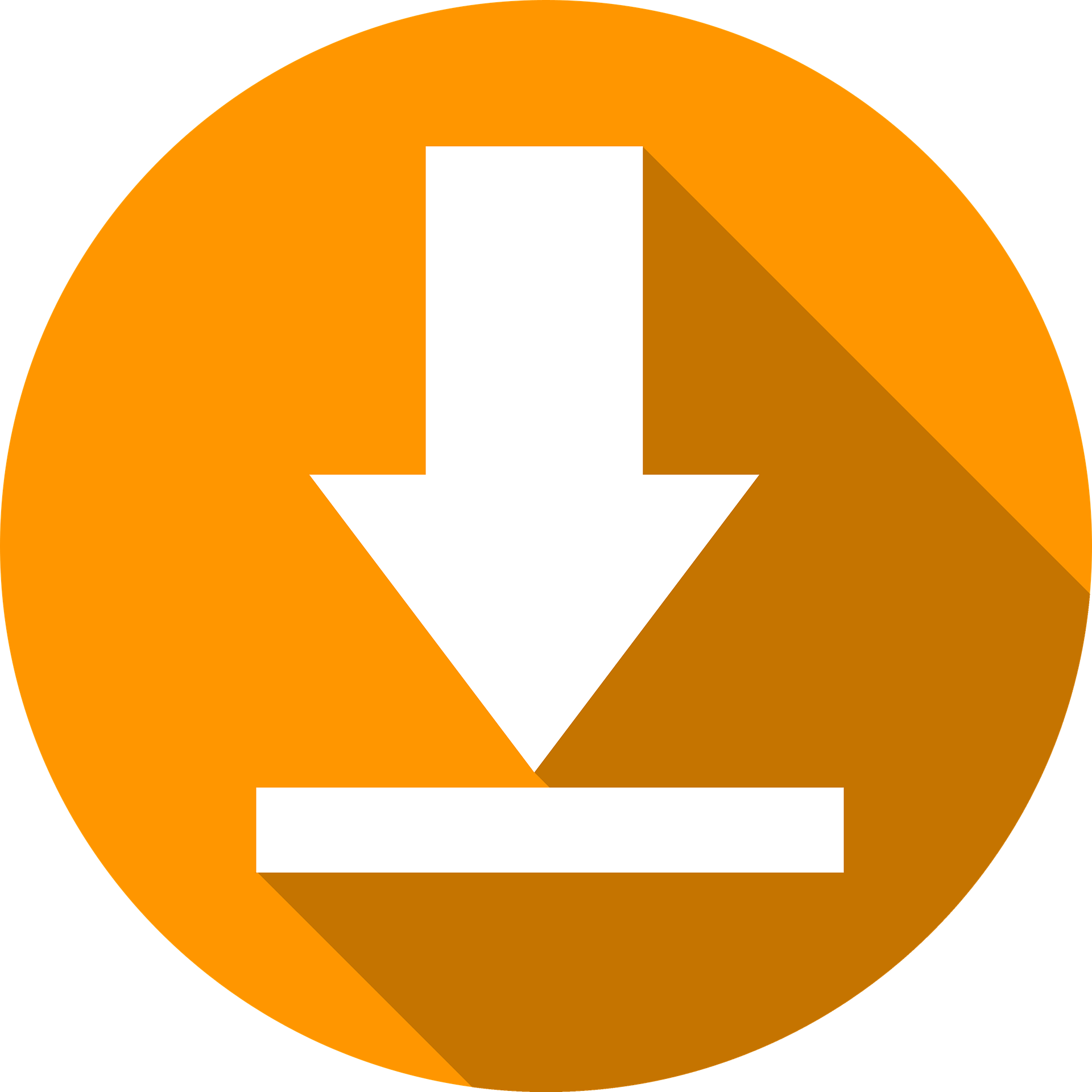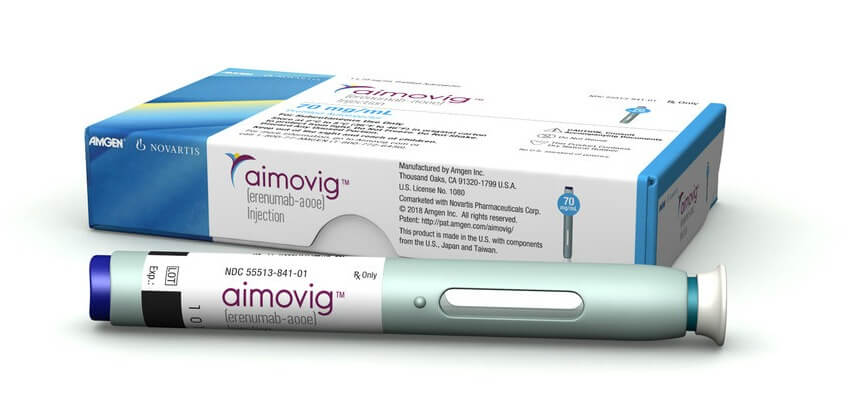- Home
- Medications
- Migraine Prescription Medication
COMPLETE MAGNESIUM SUPPORT
My Top Choice - Magnesium Breakthrough - The ONLY supplement with all 7 essential magnesium types in one formula. Most only have 1-2 types, leaving you deficient.
Migraine Prescription Medication
How To Get Your Best Results
Organize your migraine prescription medication with one of the most useful forms I have ever seen in my little migraine world. It's the one that ACHE used to use as part of their Patient Information and Instruction Form, and it's excellent.
 You can print out the step by step treatment plan below to take to your Doctor.
You can print out the step by step treatment plan below to take to your Doctor.
Any doctor you see can fill in the blanks and it flows to a very
important list of exactly what you need to do, what you need to take and when.
It lists your options when the medications don't work well enough. I can't tell you how many of my clients tell me about their breakthrough pain as if it's OK.
I repeat when the medications don't work well enough.
"It's OK, I'm used of it."
It's not OK. You should be able to have your medications abort the attack so you can get back to your life.
Admittedly, it took me over 14 years to achieve this outcome... it was a long road. But I never had this form! It's so simple and easy.
This is much better than my little pink recipe cards I’ve been telling you about.
My #1 Choice in Magnesium Supplements
ACHE was such a good resource, I hope they don’t mind me sharing the form with you. I've changed it a little so it’s easier to read and then remember at a later date. The best way to deal with pain is to be as organized as possible.
Be as organized as possible.
The form starts with the basic information...
Your name: ____________________
Date of consult: ____________________
And your diagnosis - you have been diagnosed with ______________________ migraine
This is the best bit... to date I've never received this kind of detailed information from a Doctor, but I have from a Pharmacist. So if your Doctor doesn't have time, you do have the option to change Doctors and find one who does!
Or do it yourself using this form - just copy and paste.
LOOKING FOR RELIEF ?
MIGRAINE PAIN MANAGEMENT COURSE
I have a step-by-step pain management plan in my course. The first module is free so you can learn to manage your attacks asap... continue reading
Get All The Right Details On Your Migraine Prescription Medications
You have been prescribed the following medication(s) as part of your pain management treatment plan, please follow these instructions provided:
A. Acute treatment:
At the earliest warning sign of a migraine attack please take your abortive name ____________________.
If you do not feel pain relief by _______ hours, then take _____________________.
B. Rescue treatment:
If you do not feel relief by _________ hours since your last dose of acute medication, you can take your rescue medication named __________________.
C. Preventive treatment:
You have also been prescribed a medicine that will decrease the frequency and severity of your headaches.
a. Take prescribed prophylactic medication named ___________________ for ________ days.
b. After these ______ days, you should increase the dose to ___________mgs at __________ (time) for _________ days.
c. After _______ days, you should increase the dose to _______mgs.
Don't be afraid to keep asking for details. Be absolutely clear on what you can do and take, and when.
Important Things To Note
1. After treating your migraine headaches, with your migraine prescription medication, if you do not get sufficient pain relief from your acute medication, please contact your doctor.
2. If you do not see an improvement in your migraines after using the prescribed preventive medications – allow 4 – 12 weeks, or whatever is advised for progress – please call your doctor.
3. If you experience any unusual symptoms or side effects, please call your doctor immediately.
4. Make a follow up appointment to monitor the migraine prescription medication and its effectiveness. It is normally 3 months. This may be too long between visits for you, make sure you arrange what feels right for you.
Here is a link for my medication tracking form to help you keep track of your successful and unsuccessful medications.
Click here to download and print the PDF for the medication tracker I use.
5. Keep a migraine diary with details of your frequency and occurrence, treatment taken and response to the treatment. List any recognizable triggers.
6. Keep a good supply of medications at home and take one abortive with you everywhere you go. Make sure to see your doctor and fill your prescriptions regularly. Be prepared.
Keep good records.
Here Are Some Other Things To Consider

Be sure you know what to expect from the medication regarding its efficacy.
Be clear on your dose(s), what to take and when.
Make sure you and your doctor come up with a plan that you can follow.
It might take 2 to 3 months before you notice a decrease in the frequency of attacks.
And treatment may be required for 6 to 12 months or longer.
Discuss what to do if you have any side effects and ask how to treat them if they do appear. For example - get the emergency phone number you need to call if you experience alarming symptoms.
There are a number of preventive drugs that can be used in combination with others and can be changed. Make sure you are clear with your doctor about all of your available options.
Trust me when I say details will make a difference when things aren't going to plan. Always have a plan B and even C!
LOOKING FOR RELIEF ?
MIGRAINE PAIN MANAGEMENT COURSE
I have a step-by-step pain management plan in my course. The first module is free so you can learn to manage your attacks asap... continue reading
Always Get Your Migraine Prescription Medications From A Safe, Reliable Source
You can buy all sorts of medications over the internet, but I urge you to buy only from a reliable source like your local pharmacy.
Stay safe when it comes to migraine prescription medications. PLEASE!
Be Smart. Be Safe. Be Prepared.
Until next time, be well.
WANT MORE TIPS? Subscribe to my newsletter and follow along on Facebook and Pinterest for all of the latest updates.
MIGRAINE MEDICATIONS Related Articles
How to be more MIGRAINE SAVVY right now...
References:
1. American Council for Headache Education (ACHE) sponsored by The American Headache Society (2011) Patient Information and Instruction Form. Available at: http://www.achenet.org. Accessed June 5, 2011.





















